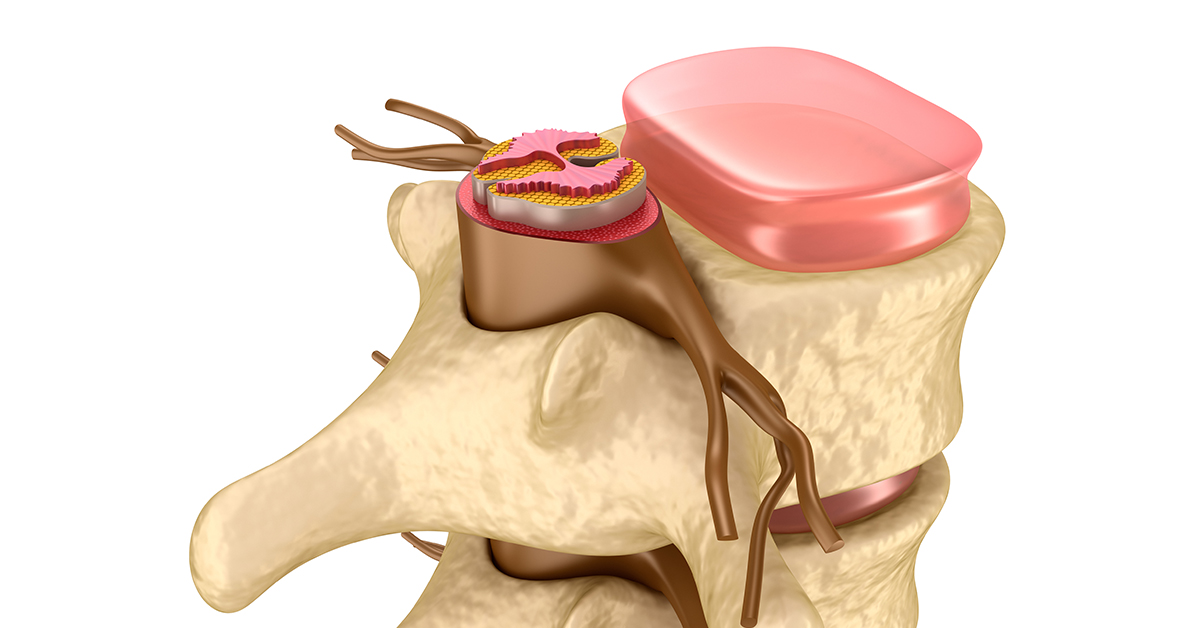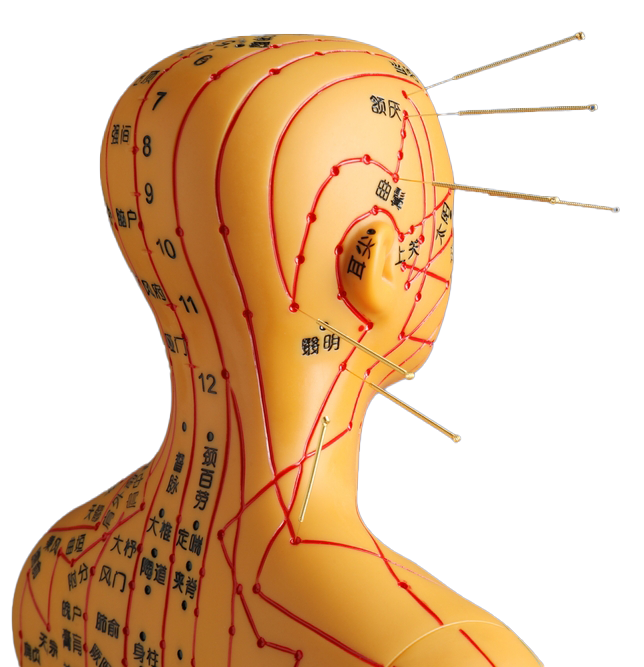- Facet joint Radiofrequency Thermocoagulation (RFT) Treatment
- Radiofrequency Thermocoagulation Dorsal root ganglion (DRG) radiofrequency thermocoagulation (RFT)
- Discitis Procedure
- Sacroiliac Joint Radiofrequency Treatment (Simplicity)
- In-Disc Ozone Therapy
- Nucleoplasty
- Transforaminal Injection (Pinpoint)
- Facet joint block
- Epidural Injection
What is Nucleoplasty? Non-Surgical Solution in Lumbar and Neck Hernia

What is Nucleoplasty?
Nucleoplastyis a minimally invasive method that allows the treatment of waist and neck hernias without the need for surgical intervention. Using radiofrequency waves, the pressure inside the herniated disc is reduced and the pressure on the nerves is eliminated.
How is Nucleoplasty Performed?
- The procedure is usually performed under local anaesthesia.
- The herniated disc is accessed with a thin needle.
- With the help of a special radiofrequency probe, the pressure in the disc is reduced.
- The procedure takes approximately 30-45 minutes and patients can be discharged on the same day.
For whom is nucleoplasty suitable?
- People who experience pain due to lumbar and cervical hernia but do not want to undergo open surgery
- Patients who do not benefit from physiotherapy and drug treatment
- Hernia patients who are not advanced enough to require surgical intervention
Recovery Process After Nucleoplasty
- Patients can usually walk a few hours after the procedure.
- They can return to their normal life within 1-2 weeks.
- Heavy lifting and sudden movements should be avoided for the first few weeks.
- For more information visit https://yasaerimgedik.com/tedavi/nukleoplasti-2
Frequently Asked Questions About Nucleoplasty
1. Is nucleoplasty painful?
No, the patient does not feel pain because local anaesthesia is applied during the procedure.
2. When can I return to work after nucleoplasty?
Most patients can return to light work within 1-2 days. However, heavy physical activities should be avoided.
3. Are there any risks of nucleoplasty?
Since it is a minimally invasive procedure, the risk is very low. However, as with any medical intervention, side effects such as infection or temporary pain may occur.
4. Does the hernia completely disappear with nucleoplasty?
The herniated disc shrinks and the nerve pressure is reduced. This leads to pain relief and improved quality of life.
5. Is nucleoplasty a permanent solution?
Depending on the patient's lifestyle and spinal health protection methods, it may be a permanent solution. However, factors such as poor posture and heavy lifting may cause new hernias to form.

